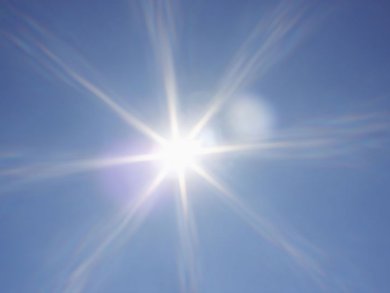Photosynthetic microorganisms (microalgae and cyanobacteria) allow higher production of chemical feedstocks (proteins and lipids) and biofules per area than plants. They are often put forward as one of the more promising primary resources. The industrial scale cultivation systems available are diverse, from open ponds to closed optimized photobioreactor (PBR) technology, and all have their benefits and limitations.
Previous models have focused on simple PBRs which use artificial light. Jeremy Pruvost and co-workers, Université de Nantes, France, have extended this theoretical framework to include the more complex systems of PBRs using natural sunlight. They present a generic model for the simulation of solar rectangular PBRs which includes effects of day–night cycles, culture harvesting, and the interdependency of physical (light) and biological (growth) kinetics. The model was applied to a location in France for two months representative of summer and winter.
It showed that PBR productivity is dependent on light attenuation conditions inside the bulk culture. The angle at which the light hits the culture and the beam/diffuse distribution were also shown to affect productivity.
- Modeling dynamic functioning of rectangular photobioreactors in solar conditions
J. Pruvost, J. F. Cornet, V. Goetz, J. Legrand,
AIChE Journal 2011.
DOI: 10.1002/aic.12389




